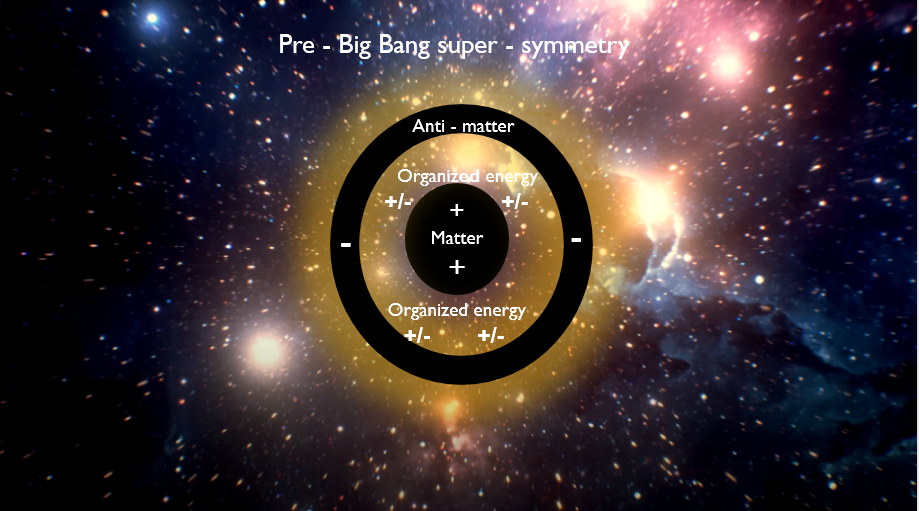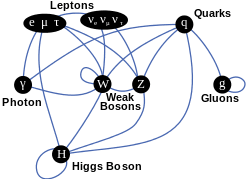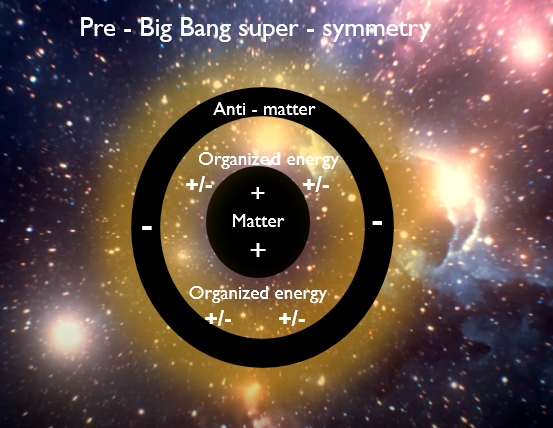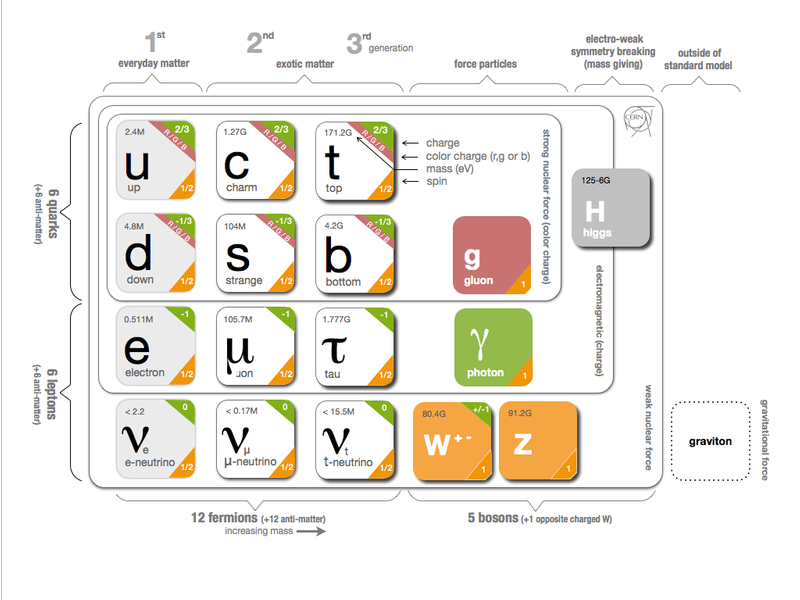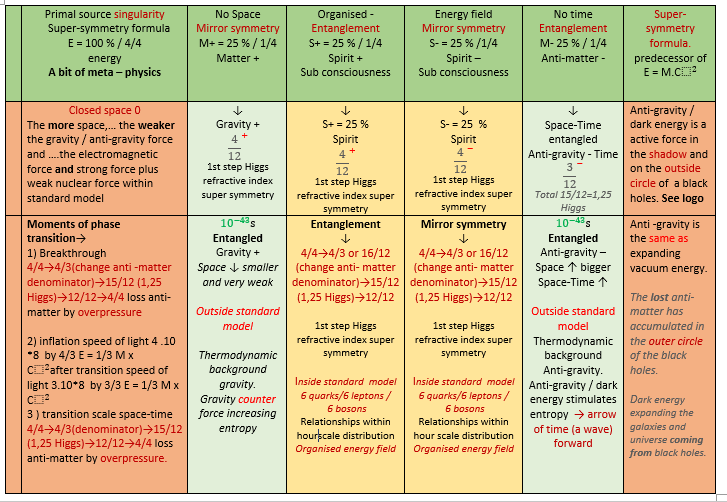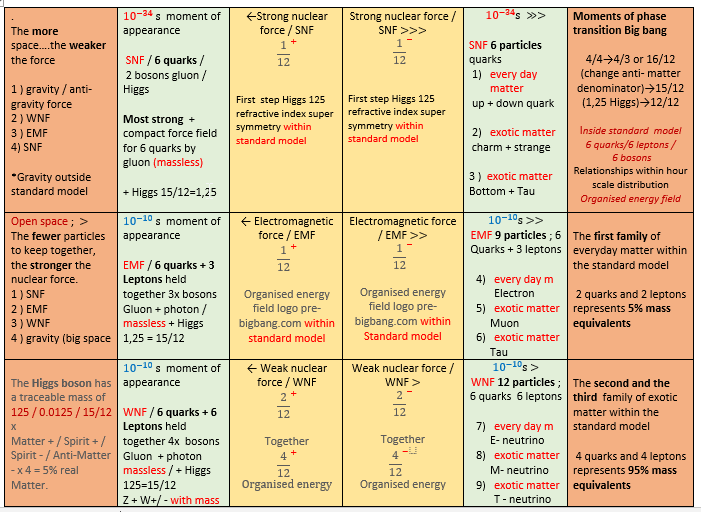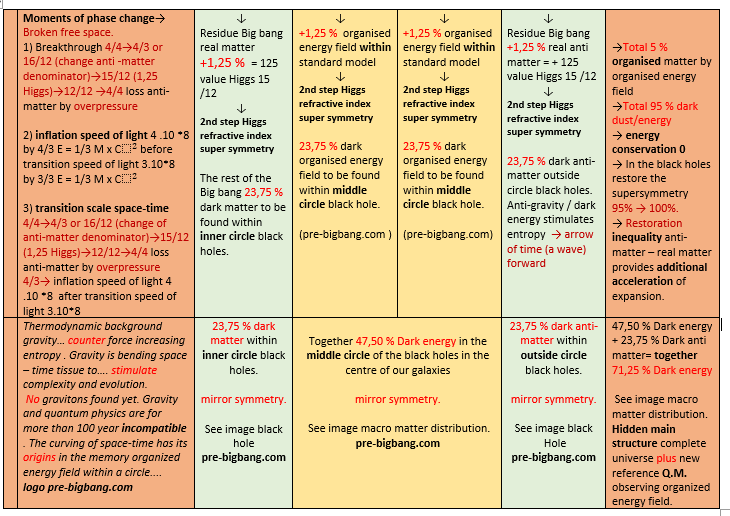The Higgs boson is a particle discovered in 2012 at CERN’s Large Hadron Collider (LHC). It plays a crucial role in the Standard Model of particle physics and has significant implications for our understanding of the Big Bang and the origin of mass in the universe.
In the context of the Big Bang theory, describing the current model for the universe’s evolution, it was assumed that shortly after the Big Bang, the temperature and energy of the universe were extremely high. Under these conditions, particles, including elementary particles like quarks and leptons, would have been massless.
The Higgs mechanism, revolving around the existence of the Higgs field and its associated Higgs boson, provides a mechanism through which these particles can acquire mass. The Higgs field permeates the entire universe, and when particles move through it, they experience resistance similar to moving through a viscous fluid.
We interpret this resistance as mass. During the Big Bang, as the universe cooled, the Higgs field underwent a phase transition, similar to how water transitions from liquid to solid when freezing. This led to the formation of mass for many elementary particles in the universe.
So, the Higgs boson and the associated field play a key role in the process of how particles acquire mass, ultimately contributing to our understanding of the fundamentals of physics.
The Higgs boson prominently features in the Standard Model with 6 quarks, 6 leptons, and 6 bosons, and has a value of 125. In the calculation scheme regarding the origin of the Big Bang due to overpressure (4/3 or 16/12 within the organized energy field), this overpressure caused the breakup of the pre-bigbang.com logo.
The outer ring with antimatter burst first… The 1/3 part (4/12) immediately lost 1/12 of the total 4/3 or 16/12 energy boost. The energy boost initiated the inflation period with an increased light speed of 4 × 10^8.
The first fragment that crumbled from the supersymmetry ratio was 16/12 minus 1/12 = 15/12 = 1.25… the value of the mass of the Higgs particle… a kind of refractive index of supersymmetry, forming the foundation for the further breakdown trajectory of pre-bigbang.com supersymmetry.
The Higgs particle with a mass of 125 (15/12) plays a significant role in the force field and the fracture lines of the standard model and the underlying supersymmetry with the organized energy field.
The ratios within supersymmetry for the strong nuclear force working for 6 quarks and the gluon as a boson. The electromagnetic force working for 6 quarks and 3 leptons with the photon as a boson.
The operating field of the Higgs boson is the same as that of the photon (electromagnetic force). The fewer the number of particles bound by 6 bosons, the stronger the binding force:
1) strong nuclear force… 6 quarks
2) electromagnetic force… 6 quarks and 3 leptons
3) weak nuclear force… 6 quarks and 6 leptons
4) gravity.
The more space within the atom’s working area, the weaker the binding force:
1) gravity
2) weak nuclear force… 6 quarks and 6 leptons and 6 bosons
3) electromagnetic force… 6 quarks and 3 leptons and 3 bosons
4) strong nuclear force… 6 quarks and 2 bosons.
The weak nuclear force is an outlier… it distributes its forces over 12 fermions; 6 quarks, 6 leptons, and requires 2 types of bosons… a total of 3 W+, W-, and Z bosons with mass.
The ratios 3-6-9-12 are prominently reflected in the standard model. This ratio is also clearly present in our time measurement here on Earth. In the supersymmetry ratio as above, it also emerges after the symmetry break in the organized energy field… 6 + 9 = 15… 3 + 9 = 12 >> 15/12 = 1.25… Higgs particle value.
The admired but also vilified Nikola Tesla 3-6-9… the key to the universe has many admirers. Ruud Bakker opens the lock. See the calculation sceme beneath.
The Higgs particle is the first breakpoint 4/4 > 4/3 (disappearance of antimatter from the denominator) 16/12 > 15/12 = 1.25 = value Higgs boson > 12/12 inflation period with accelerated light speed of 4 × 10^8 beyond… crystallization of the first contours of the standard model.
Due to the destruction of much matter into dark matter… the destruction of energy into dark energy/vacuum energy/antigravity… the destruction of antimatter into dark antimatter and dark energy has created a bizarre macro-matter distribution of…. 5% recognizable matter… 25% dark matter and 70% dark energy. However, the Higgs particle with a value of 125 also surprisingly comes into play here with 4 × 1.25 = 5%… Matter
1.25% matter… 1.25% organized positively charged energy… 1.25% organized negatively charged energy… 1.25% antimatter… mainly found at the edge of the universe… see logo hidden structure universe pre-bigbang.com.
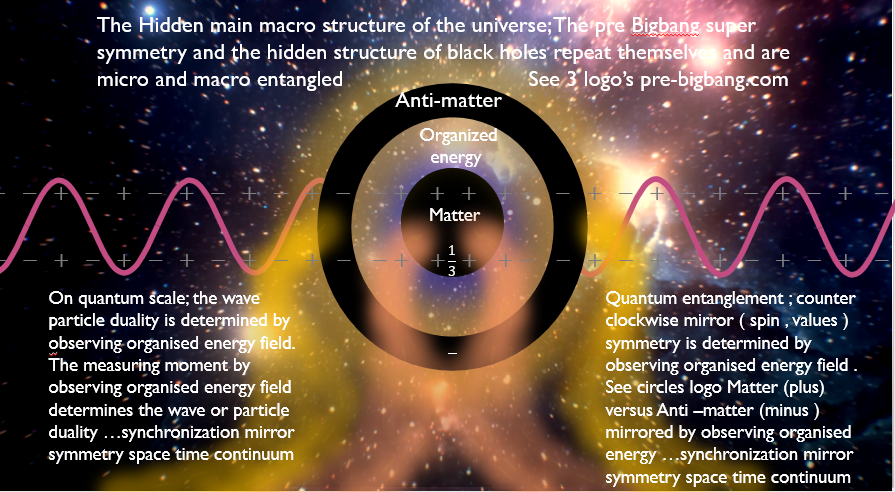 The Higgs particle = God’s particle is the first step symmetry break super symmetry… 6 + 9 = 15/12… (3 + 9) = 1.25 refraction index standard model foundation mass and force distribution micro… standard model… macro-matter distribution 4 × 1.25 = 5% normal matter… plus 25% dark matter… plus 70% dark energy… see calculation scheme.
The Higgs particle = God’s particle is the first step symmetry break super symmetry… 6 + 9 = 15/12… (3 + 9) = 1.25 refraction index standard model foundation mass and force distribution micro… standard model… macro-matter distribution 4 × 1.25 = 5% normal matter… plus 25% dark matter… plus 70% dark energy… see calculation scheme.
A very remarkable synchronicity; 3-6-9… 6 + 9 = 15 and 3 + 9 = 12 >> 15/12 = 1.25 Higgs.
3-6-9... 3 generations of quarks and leptons / 6 types of quarks and leptons and 6 bosons / Higgs 15/12 = 1.25 influences 6 quarks and 3 leptons… 3-6-9… has surprising symmetry ratios with circle circumference and content… 90/180/360 degrees… pre-bigbang.com logo. The 3-6-9 ratio can be found in time scales on Earth: seconds, minutes, hours, days.
